Being the roof of the world, Tibet is renowned for its awe-inspiring landscapes and profound spiritual heritage. At the core of this heritage is Tibetan Buddhism, a faith that not only shapes religious practices but also permeates everyday life. Read this article to discover its ancient origins, main beliefs and sects, cultural influence, and how it enriches your Tibet tour.
What is Tibetan Buddhism?
The main religion of Tibet, Tibetan Buddhism is a unique form of Vajrayana Buddhism, and was formed from the combination with the former indigenous Tibetan religion, Bon, in around the 8th Century AD.
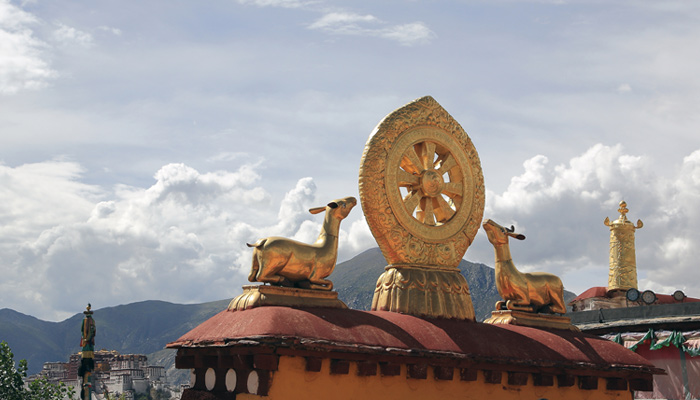 The main religion of Tibet is Tibetan Buddhism.
The main religion of Tibet is Tibetan Buddhism.The form of Buddhism in Tibet is unique because it preserves many of the tantric Buddhist practices from its Vajrayana origins, incorporating Madhyamika intellectual disciplines, Yogachara philosophy, and early Theravada monastic disciplines, whilst incorporating them with the ancient Bon religion and traditional Tibetan culture.
One of the major characteristics of Tibetan Buddhism is its incorporation into everyday life which meant a vast percentage of the Tibetan population are actively religious and follow Buddhist doctrines as part of their daily lifestyle.
How Did Buddhism Spread to Tibet?
Buddhism was first introduced in Tibet in the 7th century, after the marriage of King Songtsen Gampo and Nepalese Princess Bhrikuti, who played an important part in the introduction of Buddhism to Tibetan society. His later marriage to Chinese Princess Wencheng consolidated Buddhism as the main religion of Tibet.
In the 8th century, the orthodox Mahayana teacher, Shantirakshita, who was invited to the region by Tibetan king, Trisong Detsen, began teaching Buddhism more prominently across the region, to the point of upsetting a group of Bon religious believers who blamed him for an outbreak and tried to kill him. It was Shantirakshita who later urged the king to also invite the illustrious Tantric master Padmasambhava to assist him.
The more well-known Padmasambhava, later known as the Guru Rinpoche, arrived in Tibet in 747 AD and was famed for ridding the construction of the Buddhist Monastery at Samye of its demons.
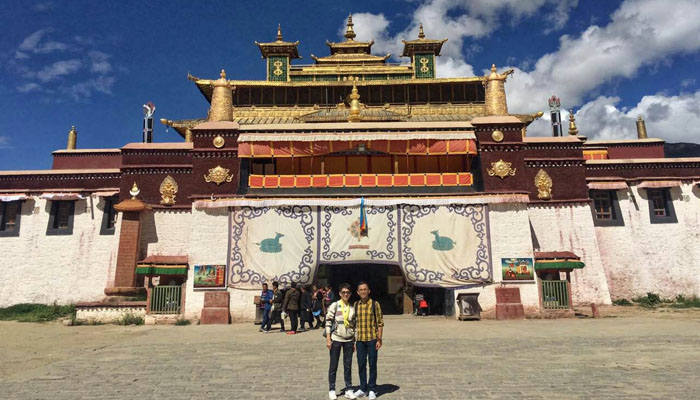 Samye Monastery was built in the 8th century during the Tubo Dynasty.
Samye Monastery was built in the 8th century during the Tubo Dynasty.Shantirakshita later became the first Abbot of the Samye Monastery, and is responsible for the incorporation of many aspects of the ancient Bon religion into the lower levels of Tantric Buddhism at the time.
Throughout the 9th and 10th centuries, Tibetan Buddhism was spread across the plateau region, and by the 12th century, was the predominant religion in Tibet.
What are the 3 Main Beliefs of Tibetan Buddhism?
The Three Main Beliefs of Tibetan Buddhism include the Three Universal Truths, the Four Noble Truths, and the Noble Eightfold Path.
The Three Universal Truths are: The first is “annica”, which means nothing lasts and everything on earth changes constantly. The second is “dukkha”, which means all living things suffer, which helps to understand how our own desires affect the universe. And the third is “anatta”, which means there is no “self”, only energy, which means nothing is ever lost in the universe.
The Four Noble Truths are the truth of suffering; the truth of the cause of suffering; the truth of the end of suffering; and the truth of the path that leads to the end of suffering. Traditionally identified as one of the earlier teachings of Buddha, the Four Noble Truths are both symbolic and propositional, providing a framework for the introduction of Buddhist thought.
According to Buddha, the Noble Eightfold Path consists of the ideas of Right View, Right Resolve, Right Speech, Right Action, Right Livelihood, Right Effort, Right Mindfulness, and Right Concentration. The Eightfold Path teaches us to be ethical in word, deed, and thought; to be a good, kind, positive, and moral person; and to banish negativity from our life.
What are the 4 Main Schools of Tibetan Buddhism?
In Tibetan Buddhism, there are four main schools of the religion, being the Nyingma, Kagyu, Sakya, and Gelugpa schools. These four religious divergences have evolved from their common roots in the 7th and 8th centuries with a wide array of different practices, beliefs, and rituals between them. Whilst all four schools embrace the traditional concept of world enlightenment, there are some specific differences between them. Because the monks of this sect only wear red hats, it is also called the Red Sect.
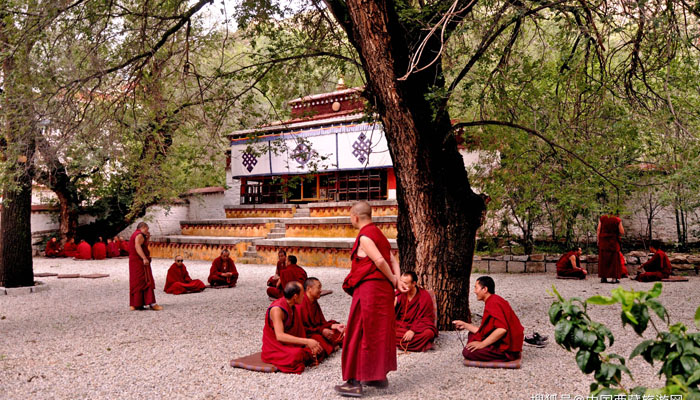 Monks detates at Sera Monastery
Monks detates at Sera MonasteryThe Nyingma School is the oldest in Tibet, and is primarily based on the teachings of Padmasambhava’s Vajrayana or Tantric Buddhism, with its Dzogchen or ati-yoga doctrines and some shamanistic practices taken from ancient Bon. Nyingma monks are generally not required to be celibate. Because the monks of this sect only wear red hats, it is also called the Red Hats.
The Kagyu School is the third largest school of Tibetan Buddhism, and follows the teachings of Marpa the Translator, who studied in India under the master yogin Naropa, and his most famous student, Milarepa, who defeated the Bon magician at Mount Kailash. Synthesized together in the 12th century, the Kagyu School places particular value on the passing of knowledge from teacher to disciple and the practice of Mahamudra, which is known as “Tibetan Zen”.
Sakya is the smallest of the four schools and is named for the primary Monastery of the sect, the Sakya Monastery in southern Tibet. Founded by the son of the man who built Sakya Monastery, Sakya Kunga Nyingpo, the school practices the teaching of Lamdrey, or Path and Goal”, a system of logic. The Sakya sect is often referred to as the Colorful Sect, since the walls of Sakya monasteries are painted with red, white, and black stripes symbolizing Manjushri, Avalokiteshvara, and Vajrapani.
The Gelug School, known as the Yellow Hats, was the last to be founded, in the 14th century, by one of Tibet’s greatest scholars, Je Tsongkhapa. The sect practices enforced monastic discipline, celibacy, and the prohibition of alcohol and meat, establishing a higher standard of learning for the monks. The youngest school of Tibetan Buddhism, it is also now the largest, and was traditionally headed by the Dalai Lama. Religious practices center on concentration by meditation.
How is Tibetan Buddhism Different from Buddhism?
Tibetan Buddhism is a miasma of many of the practices and beliefs of the various Buddhist trains of thought and the encounter with the native Tibetan Bon religion as Buddhism flourished across the plateau. Four main forms of Buddhism were introduced to Tibet in the early years, including Vajrayana, Madhyamika, Yogachara, and early Theravada, which have mostly become amalgamated into Tibetan Buddhism and crossed with a smattering of ancient Bon religious practices.
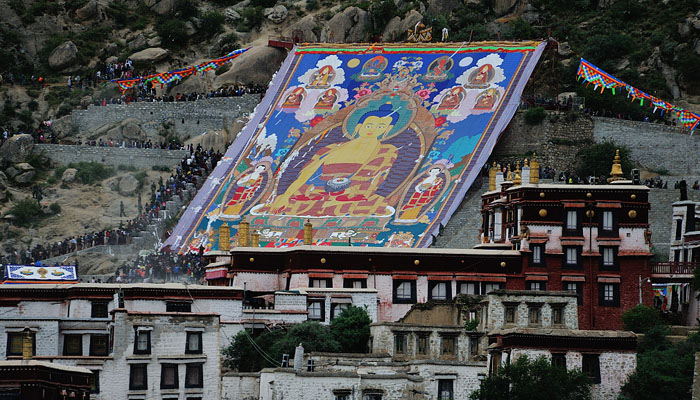 Buddha Thangka exhibition ceremony at Drepung Monastery
Buddha Thangka exhibition ceremony at Drepung MonasteryTraditional Buddhism did not include gods or deities, and was centered on the belief of reincarnation and following a path to true enlightenment. However, Tibetan Buddhism incorporated a plethora of deities and demi-gods from the ancient Bon religion that are both pacific and terrifying at the same time. The inclusion of Mahayana also incorporated a whole cult of Bodhisattvas, which further expanded the pantheon of deities in Tibetan Buddhism.
Religious practices in Tibetan Buddhism that differ from traditional Buddhism include the incantations of mystic and magical formulas, the exorcism and destruction of demons, divination, auguries, oracles, and the symbolic sacrifice and ransom, which came from the ancient Shamanistic practice of human sacrifice.
How is Tibetan Buddhism Practiced?
Tibetan Buddhism involves a range of daily rituals, meditations, and specific prayers and techniques that are carried out in a normal religious believer’s daily routine.
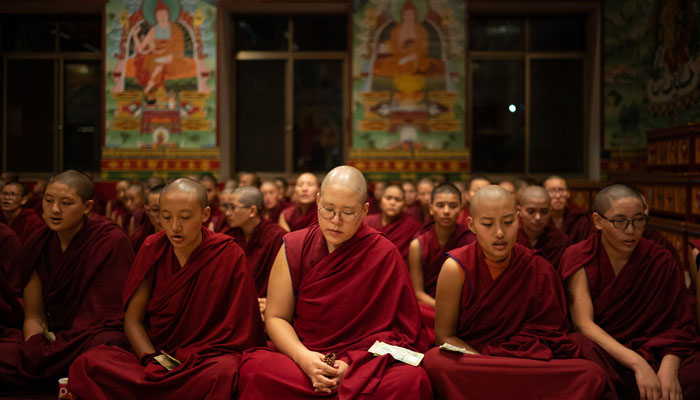 Monks are meditating in the monastery.
Monks are meditating in the monastery.Tibetans spend a relatively large amount of time in prayer or doing prayerful activities, such as spinning prayer wheels, hanging prayer flags, and doing koras, as this earns them merit towards enlightenment. There are a number of rituals and spiritual practices such as the use of mantras and yogic techniques that are included in their daily prayers.
The Lamas in Tibetan Buddhism are the spiritual teachers of the people, and usually reside in temples and monasteries giving the teachings of Buddha to anyone who wants to come and listen. Once only afforded to the heads of monasteries and great teachers, the title of Lama (Bla-Ma in Tibetan) is now extended to any respected priest or monk who can pass on the teachings of Buddha.
What are the Holy Ritual Items in Tibetan Buddhism?
Tibetan life is dominated by the religion, and is a daily and sometimes hourly practice. Prayer flags are one of the many visual aids to praying that are used in Tibetan Buddhism. They are hung on a line so that the wind can send the prayers written in Sanskrit on the flag around the globe, so that the blessings fall on the heads of everyone.
Prayer wheels are similar aids that contain scrolls of prayers within the spinning tubes and the act of spinning the wheel reads the prayer out as it spins, so that the spinner does not have to say it all himself.
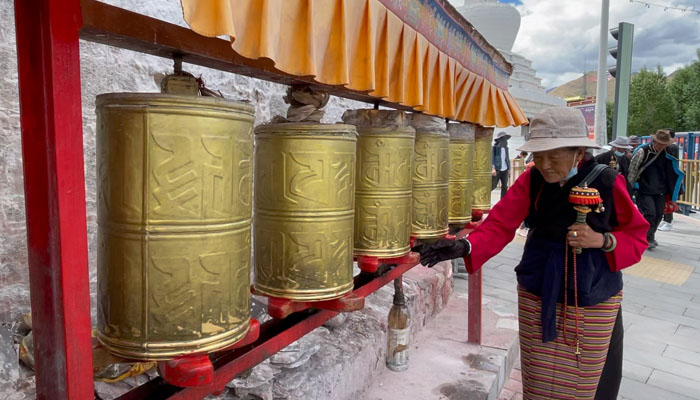 Follower of Tibetan Buddhism is spinning the prayer wheels.
Follower of Tibetan Buddhism is spinning the prayer wheels.Mandalas are representations of the spiritual journey that travels through multiple layers from the outside at the beginning to the middle and the reaching of enlightenment. Generally made from sand, they are meant to aid meditation and prayer to allow one to attain more merit.
Prayer Beads, or threngwa, are used in spiritual meditation and prayer that are designed to keep track of the prayers you are chanting. The threngwa generally has 108 beads plus a Guru Bead, that reflects the 108 volumes of the words of Buddha.
What are the Must-Visit Buddhist Monasteries in Tibet?
Tibet has some of the most spectacular monasteries in the world, not to mention the highest on the planet. The most famous of these is the Jokhang Temple in Lhasa, built in the 7th century by Songtsen Gampo as a temple to house the solid gold statue of Buddha that was brought to Tibet by his Chinese wife, Princess Wencheng. It is the most prominent of all temples and monasteries, worshiped by all Tibetans.
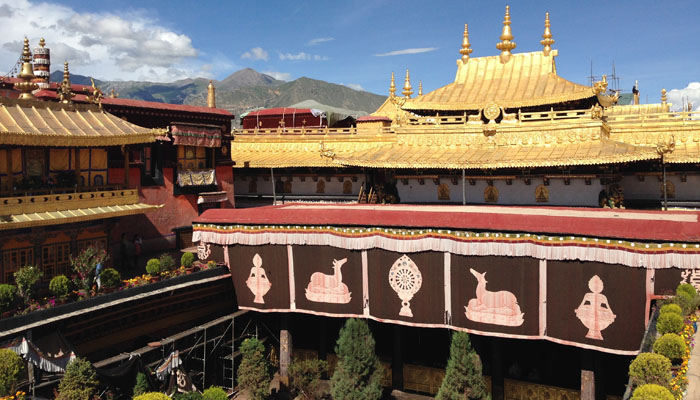 Jokhang Temple is worshiped by all Tibetans.
Jokhang Temple is worshiped by all Tibetans.Ganden Monastery, on Wangbori Mountain, is an ancient monastery built by Je Tsongkhapa, the founder of the Gelug School, and has one of the most enchanting kora walks around it, giving spectacular views of the Lhasa valley.
Sera Monastery, located to the north of Lhasa, is now renowned as being the primary religious educational institute in Tibet. With perpetually chanting monks, both day and night, and the thousands of murals on its walls, Sera gives one a deep sense of holiness, and the monastic debates are not to be missed.
To the west of Shigatse lies the Tashilhunpo Monastery, home and seat of the Panchen Lama, Tibet’s second highest incarnation. Its unique architecture and historic location make it a place worth visiting, and its scenic kora walk is unparalleled in Tibet.
How to Respect Tibetan Buddhist Culture When Touring Tibet?
For anyone visiting Tibet, there is a need to understand and respect the various rituals, behaviors, and cultures when touring the region. There are certain requirements for tourists, and some things you really need to avoid doing so that you do not upset the local people and traditions.
No matter whether you visit a monastery, a temple, or just the home of a local Tibetan, you should make sure you are respectful at all times. Visitors should cover their bodies, so that the arms and legs are covered, and no sensual clothing or revealing outfits should be used. Tibetans dress modestly, so it is a good idea for you to do the same.
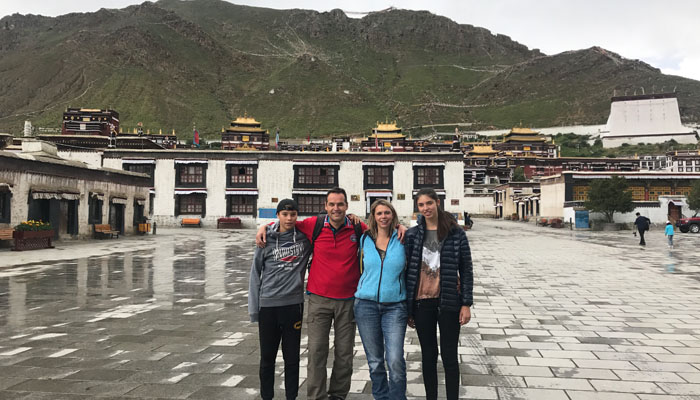 Tourists wear neat clothes to visit the Tashilhunpo Monastery.
Tourists wear neat clothes to visit the Tashilhunpo Monastery.You should refrain from taking photos of Tibetans without their permission, and should always remember to ask if they can be photographed. Tibetans believe that some images take away part of the soul. And never take photos inside the temple.
Pointing with a finger is considered rude, so you show something by stretching your arm in that direction with your palm upwards. And you should never point at a statue or a religious icon, as well as not touching any of the statues and relics, and refrain from making loud noises in the temples. People are often there praying.
Conclusion
Tibet is an amazing land of Buddhist people who bring their religion and culture into one to make their lives fulfilled and complete. And in Tibet, the Buddhist religion is taken seriously, even by modern youngsters, and this blending of religion and culture is one of the main things that make Tibetan Buddhism so unique. So if you are considering learning more about Tibetan Buddhism, there is no better way to do it than with a trip to Tibet to explore it for yourself.




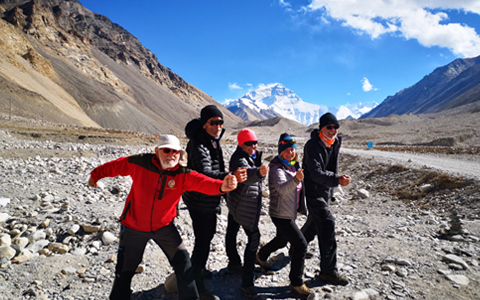
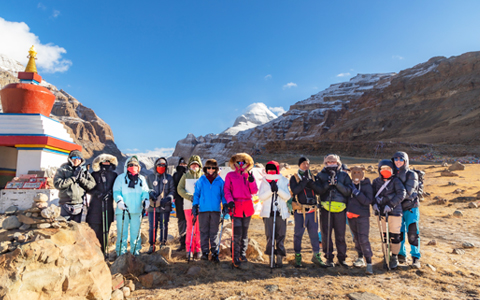
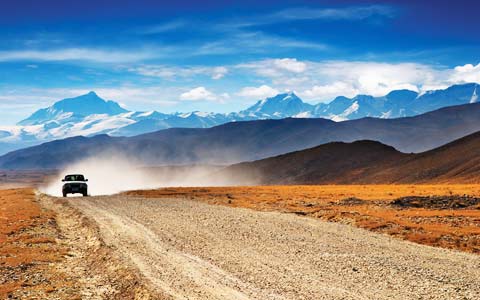
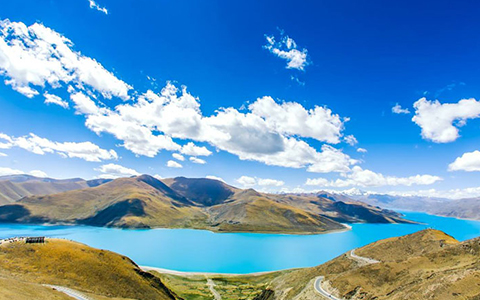
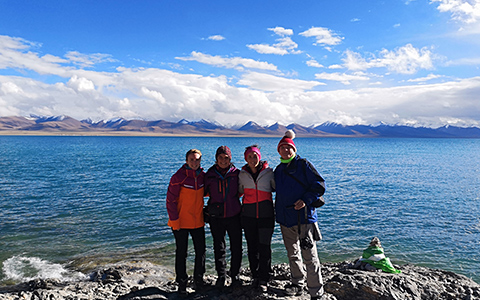
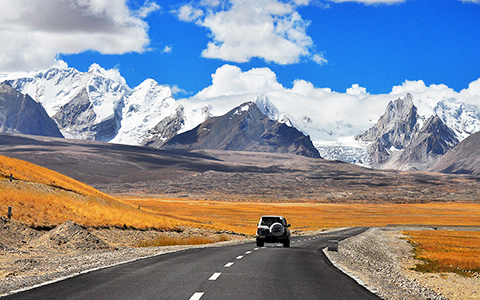
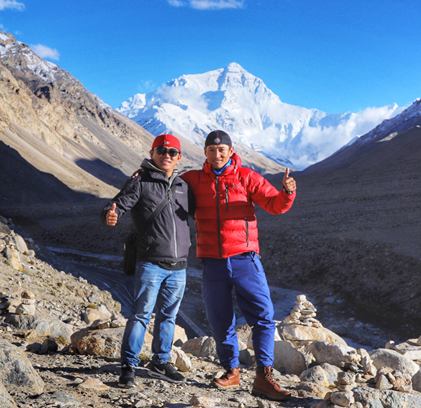
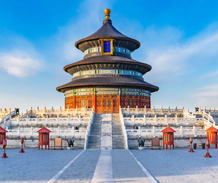

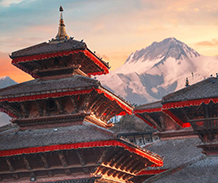
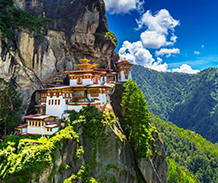

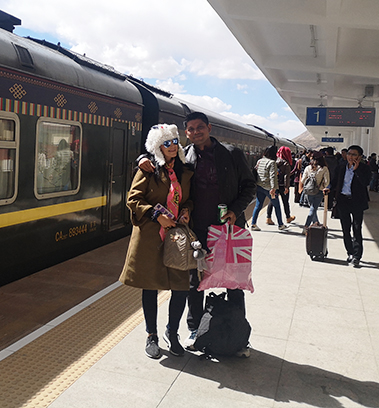

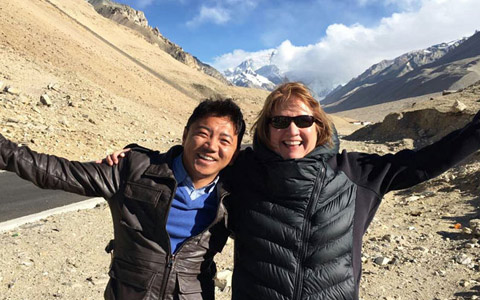
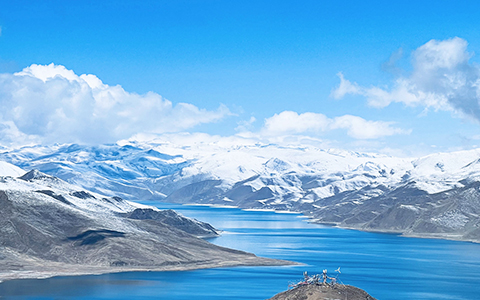
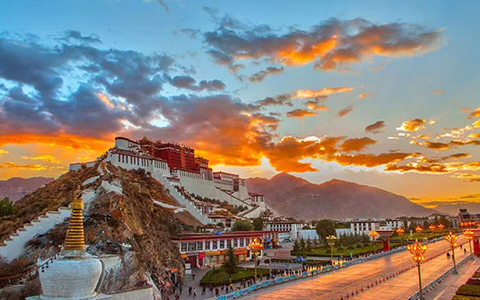
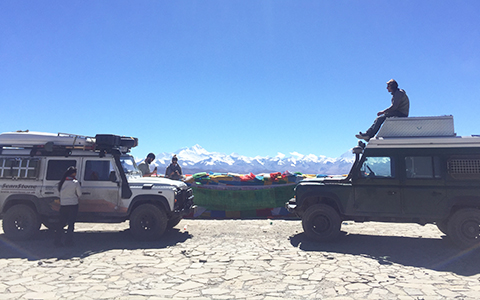



 The main religion of Tibet is Tibetan Buddhism.
The main religion of Tibet is Tibetan Buddhism.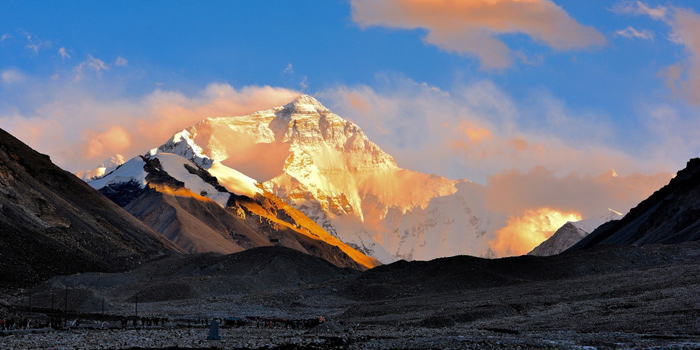
 Samye Monastery was built in the 8th century during the Tubo Dynasty.
Samye Monastery was built in the 8th century during the Tubo Dynasty. Monks detates at Sera Monastery
Monks detates at Sera Monastery Buddha Thangka exhibition ceremony at Drepung Monastery
Buddha Thangka exhibition ceremony at Drepung Monastery Monks are meditating in the monastery.
Monks are meditating in the monastery. Follower of Tibetan Buddhism is spinning the prayer wheels.
Follower of Tibetan Buddhism is spinning the prayer wheels. Jokhang Temple is worshiped by all Tibetans.
Jokhang Temple is worshiped by all Tibetans. Tourists wear neat clothes to visit the Tashilhunpo Monastery.
Tourists wear neat clothes to visit the Tashilhunpo Monastery.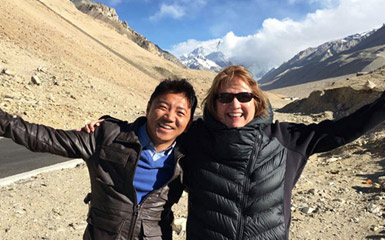
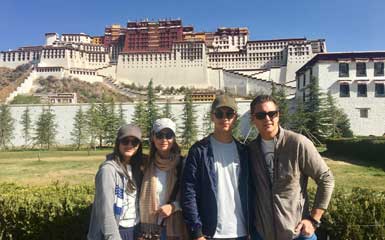
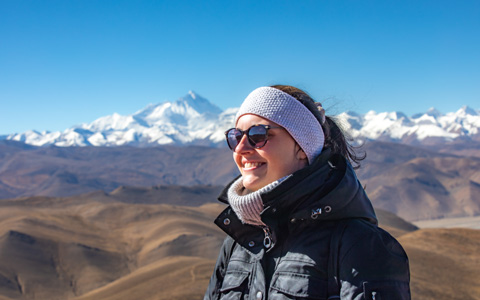
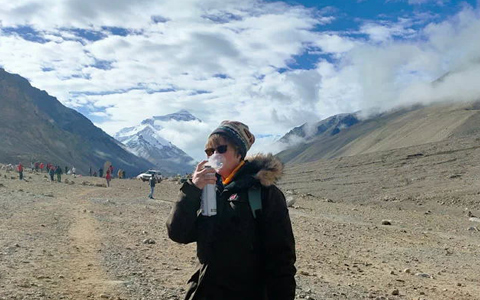
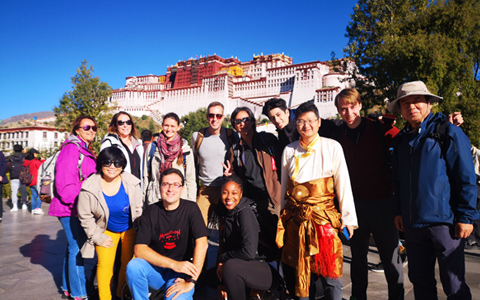
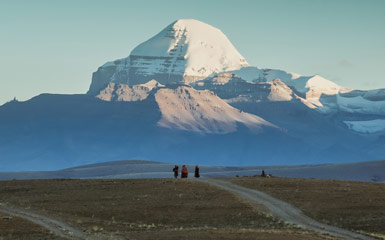

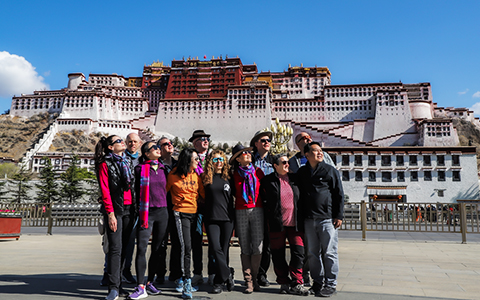

Ask a Quick Question